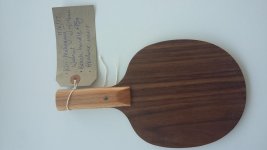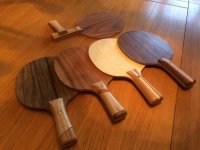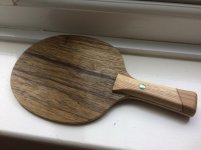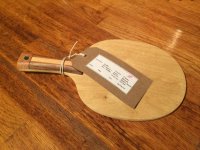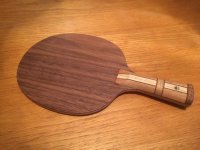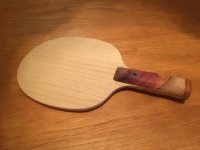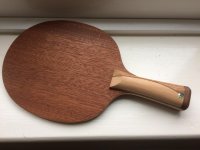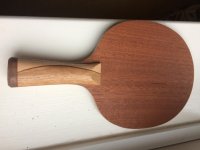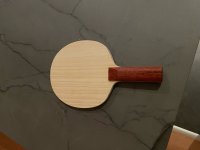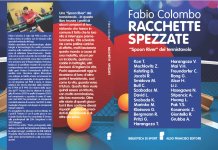This user has no status.
This user has no status.
Member
Isn't it hard to choose which blade to play with, when having a shitload of nice blades?
Brilliant, very well put. Yes that's how it feels and now I'm starting to worry it might affect my game. Most of my practice sessions are now focussed on testing blades rather than training. However, I enjoy making blades and the feedback is useful. At some point I need to decide which I like best and then stick to it.






